Italo Rota designs Arts and Food exhibition for Triennale di Milano
Milan 2015: a major show examining the relationship between art and rituals around food opened this week at the Triennale di Milano museum with an exhibition design by Italian architect Italo Rota (+ slideshow).
Launching to coincide with Milan design week, the Arts & Foods: Rituals Since 1851 exhibition will run at the Triennale until 1 November, with the museum acting as one of the official satellite pavilions of the Milan Expo.
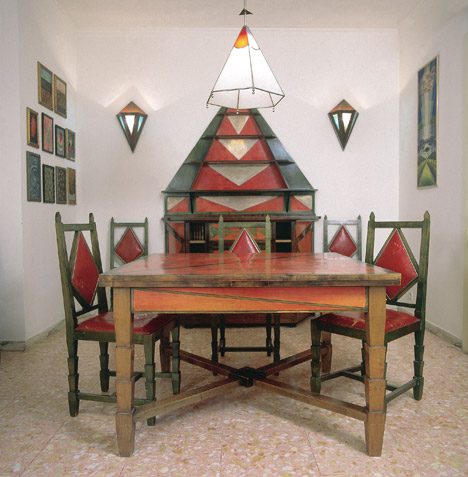
Curated by Italian art historian Germano Celant, the exhibition is a direct response to the theme of the Expo: Feeding the Planet, Energy for Life.
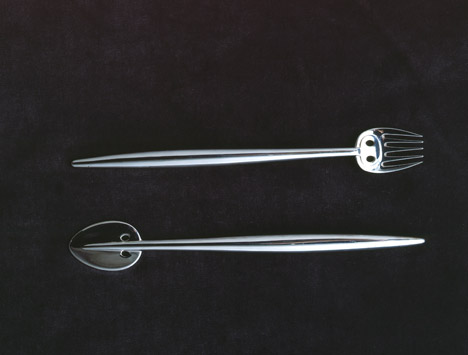
Italo Rota has created the exhibition display, which occupies galleries across all three floors of the 1930s building designed by Giovanni Muzio – including parts of the museum's basement-level garden, where works on display include a giant inflatable Daddies' ketchup bottle by British artist Paul McCarthy.
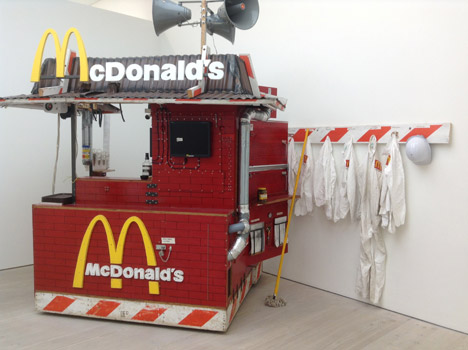
Dutch graphic designer Irma Boom created the visual identity for the exhibition's signage, literature and publicity material.
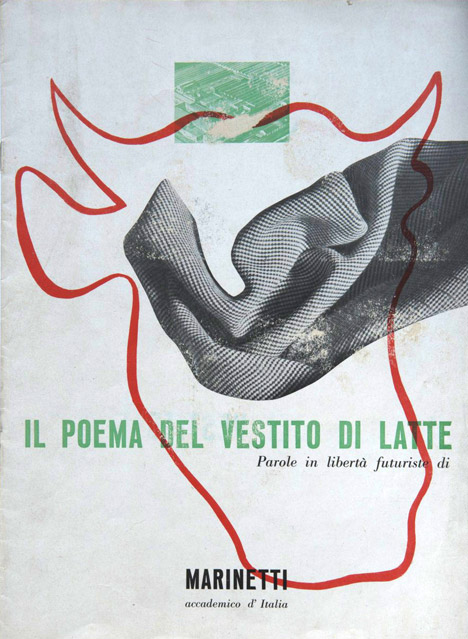
The exhibition is split into 15 different areas covering themes related to food and its preparation, display, cooking, consumption and distribution.
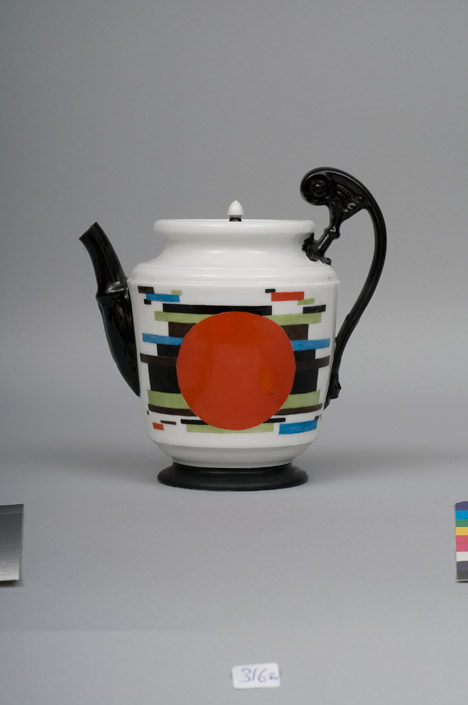
"Arts & Foods extends to cover roughly 7,000 square metres in order to present a wide variety of visual and sculptural languages, as well as objects and settings, that have revolved around food and feasting from 1851 to the present day and to do so in the most complete way possible," said a statement from the Triennale museum.
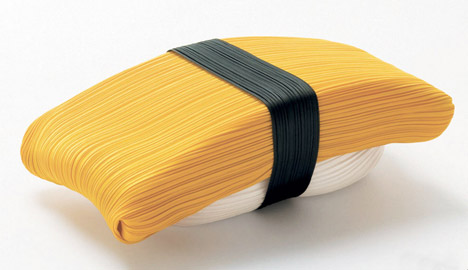
"It is a panoramic view of the way aesthetics and design are intertwined with the ritual of eating in an exhibition that is made up not just of artworks, but also of installations and aural, olfactory and cinematic experiences," added the museum.
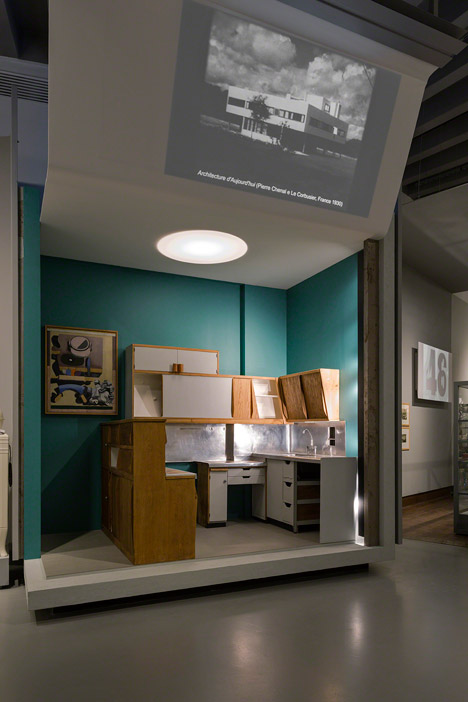
In one of the galleries – largely dedicated to cutlery and tableware – the walls and temporary partitions have been painted a dark grey and hung with paintings from the 19th and early 20th centuries. Other objects are displayed in glass vitrines arranged around the space. Life-size vignettes have also been built to display fittings and accessories from a butcher's shop, a Czech Cubist dining room, and a kitchen from 1955 designed by Le Corbusier, as well as a scene showing sailing boats carrying edible goods and ingredients around the world.
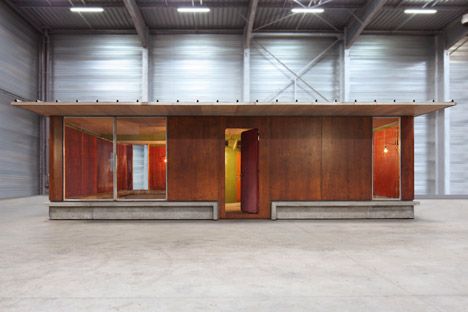
Towards one end of this gallery is the Pavilion Le Jours Meilleurs by Jean Prouvé, a single-storey prefabricated house that can be built using simple tools in just seven hours, with a central green steel cylinder that houses the kitchen and bathroom and holds up the roof. It was designed in 1956 as a proposal for rehoming French citizens that had been displaced during the war.
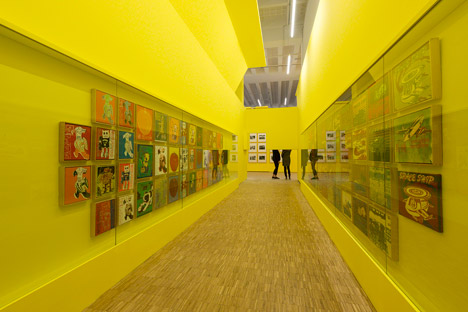
Another gallery on the ground floor is accessed through swing doors and features yellow walls, partitions and surfaces. This focuses on food packaging, marketing and modern lifestyles, with displays of 20th-century objects including a grid of print of Andy Warhol's iconic Campbell's Soup portfolio, and his Kellogg's Corn Flakes Box. Also in this space is Robert Indiana's The Electric Eat light-up sign and a Russian space capsule from 2014.
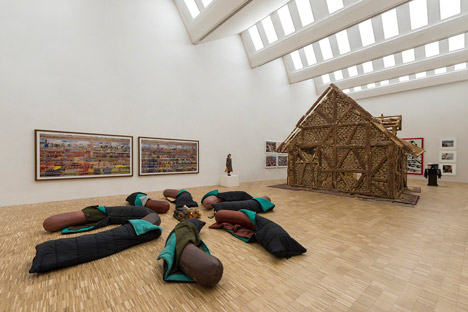
On the upper floor, the gallery space set aside for the exhibition has been painted white and includes large-scale works like Igloo del Pain (an igloo made from bread) by Italian artist Mario Merz, and architect Frank Gehry's The GFT Fish.
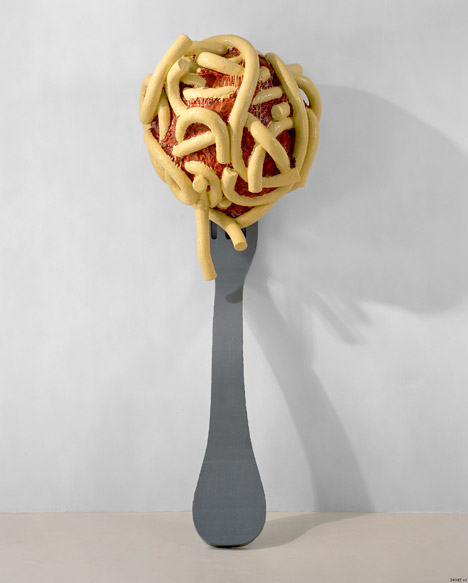
Also in this space is a series of person-sized hotdogs inside sleeping bags arranged around a faux camp fire by American sculptor David Oppenheim, and Bread House – a life-size replica of a Swiss-style chalet made from bread – by Swiss sculptor Urs Fischer.
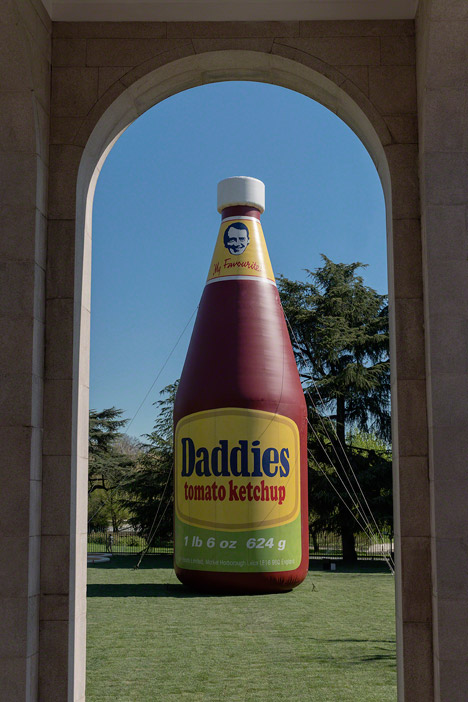
Clips of food scenes from international films are projected onto the upper part of the wall of one room, while photographs and art works are arranged at eye level. Among the pieces are Kevin Carter's 1993 image from the famine in Ethiopia of a starving child being watched by a vulture.
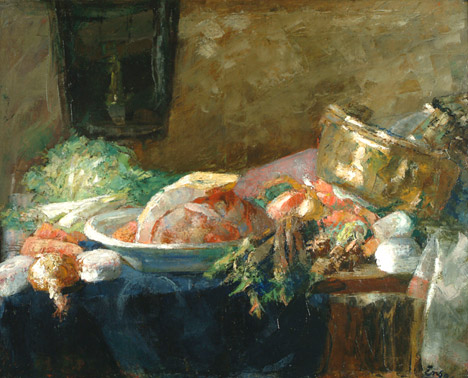
One section of the exhibition is designed specifically for children to visit without their adult guardians. This includes toys, cartoons, costumes and art – including 93 paintings by Andy Warhol.
The exhibition runs until 1 November at the Triannale di Milano, Viale Alemagna, 6.
Photographs of the exhibition are by Attilio Maranzano.